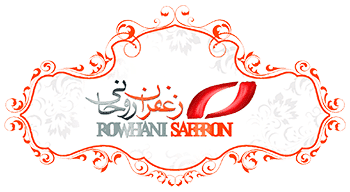What is Iranian Saffron?
Iranian saffron, often called “red gold,” has a rich history dating back over 3,000 years, particularly in the Khorasan region. This unique spice is harvested from the Crocus sativus flower, a stemless plant that thrives in arid desert soil. To produce just one kilogram of dried saffron, around 150,000 flowers are required. Its high cost is due to its labor-intensive harvesting process and exceptional qualities in aroma, color, and flavor—making it a prized ingredient in food, pharmaceuticals, and cosmetics.

Iran is the leading global producer of saffron, accounting for approximately 90–93% of the world’s total output, which ranges from 200 to 300 tons annually. In comparison, countries like Spain and India produce only a fraction of that amount. The majority of Iranian saffron comes from the eastern provinces, especially South Khorasan, where saffron farming has continued for over 700 years. The region’s dry climate and high-altitude deserts create ideal conditions for the cultivation of this rare and delicate spice.
Of the 230 tonnes of saffron produced globally each year, more than 170 tons are harvested in Khorasan alone. This region accounts for over 75% of Iran’s total saffron production, with the city of Mashhad serving as a major saffron trade hub. Iranian saffron is not only renowned for its vibrant red threads and intense aroma but also for its high concentration of crocin, picrocrocin, and safranal—compounds that contribute to its health benefits and coloring strength.
To learn more about our current export prices, visit the Saffron Price page. If you have any questions or wish to place an order, feel free to Contact Us anytime.

Get Social